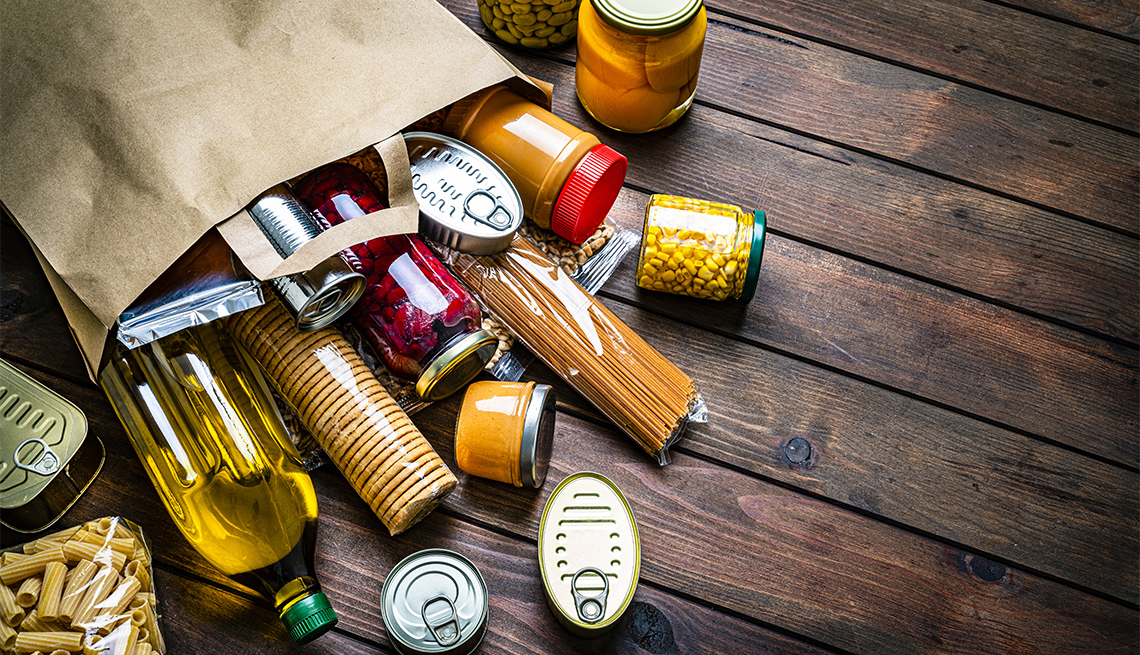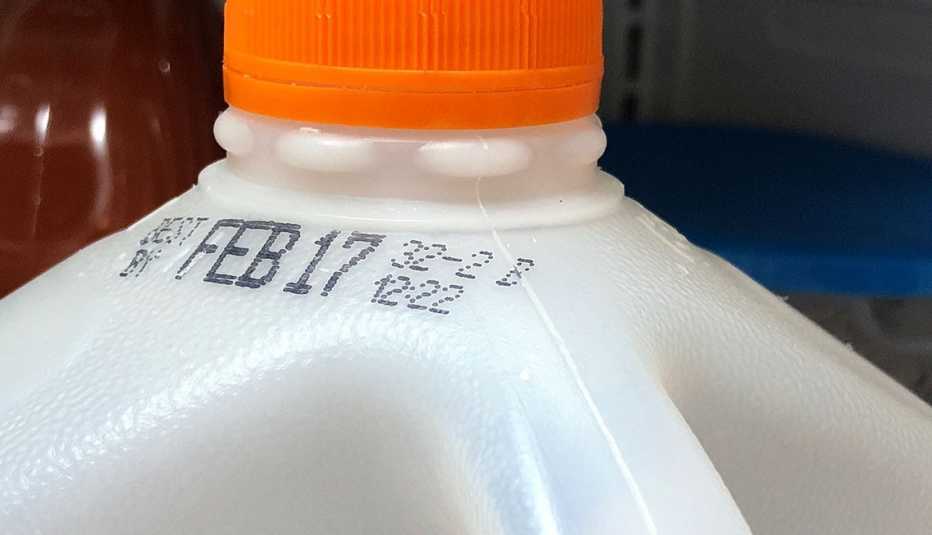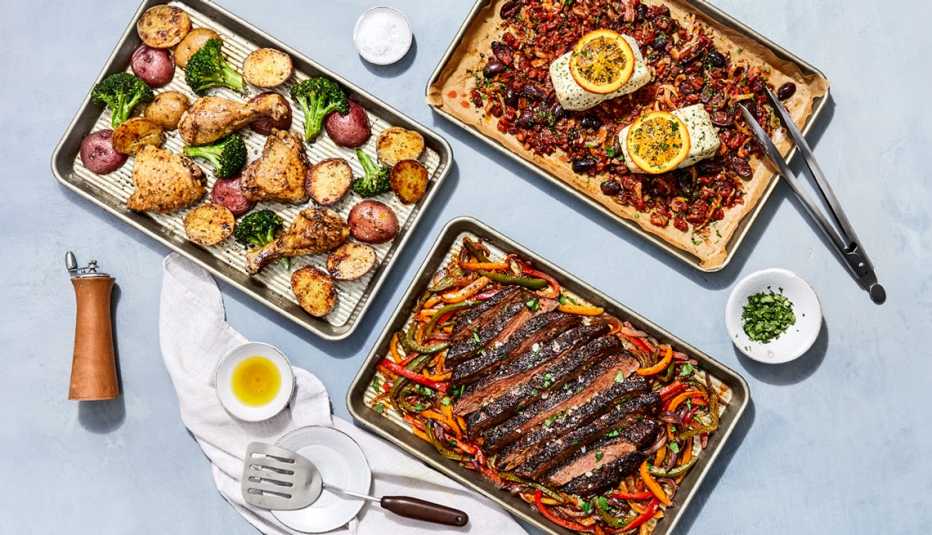Staying Fit
The shelf life of food can come down to where and how you store it. Keeping foods at the right temperature can help preserve quality and freshness. So, too, can protecting many foods from exposure to air, heat, moisture and even sunlight.
There’s a big difference between quality issues and safety issues when it comes to food. In fact, food that appears perfectly edible can make you sick if it carries a foodborne pathogen like salmonella or listeria, while expired or spoiled food won’t necessarily do any harm.


AARP Membership— $12 for your first year when you sign up for Automatic Renewal
Get instant access to members-only products and hundreds of discounts, a free second membership, and a subscription to AARP the Magazine.
“We still don’t recommend eating spoiled foods, of course,” says Meredith Carothers, technical information specialist at the U.S. Department of Agriculture (USDA). “But [bacteria that cause spoilage] don’t really act the same way that foodborne-illness-causing bacteria will. Foodborne-illness-causing bacteria don’t change the food — you won’t be able to taste, see or smell them. But they may cause foodborne illness.”
We looked at food storage guidelines from the USDA and spoke with William Lendway, a chef and assistant professor at Johnson and Wales University, a school whose specialized degrees include culinary arts and food safety, to identify common mistakes people make when storing food at home that can affect quality and reduce shelf life. Take a look.
1. You leave olive oil by the stove
Heart-healthy oils, like olive oil, that have less saturated fat are more susceptible to going rancid, which can result in an unpleasant smell and cloudy appearance. Exposure to heat speeds up the degradation process, as does exposure to light and air.
To maintain quality, keep olive oil in a tightly sealed, opaque container inside a cabinet away from the stove or other heat source. According to the USDA, a container of olive oil, once opened, can last three to five months when stored properly in a pantry. If you opt to keep olive oil in the refrigerator, it will solidify and need to reach room temperature before it can be measured for cooking.




































































